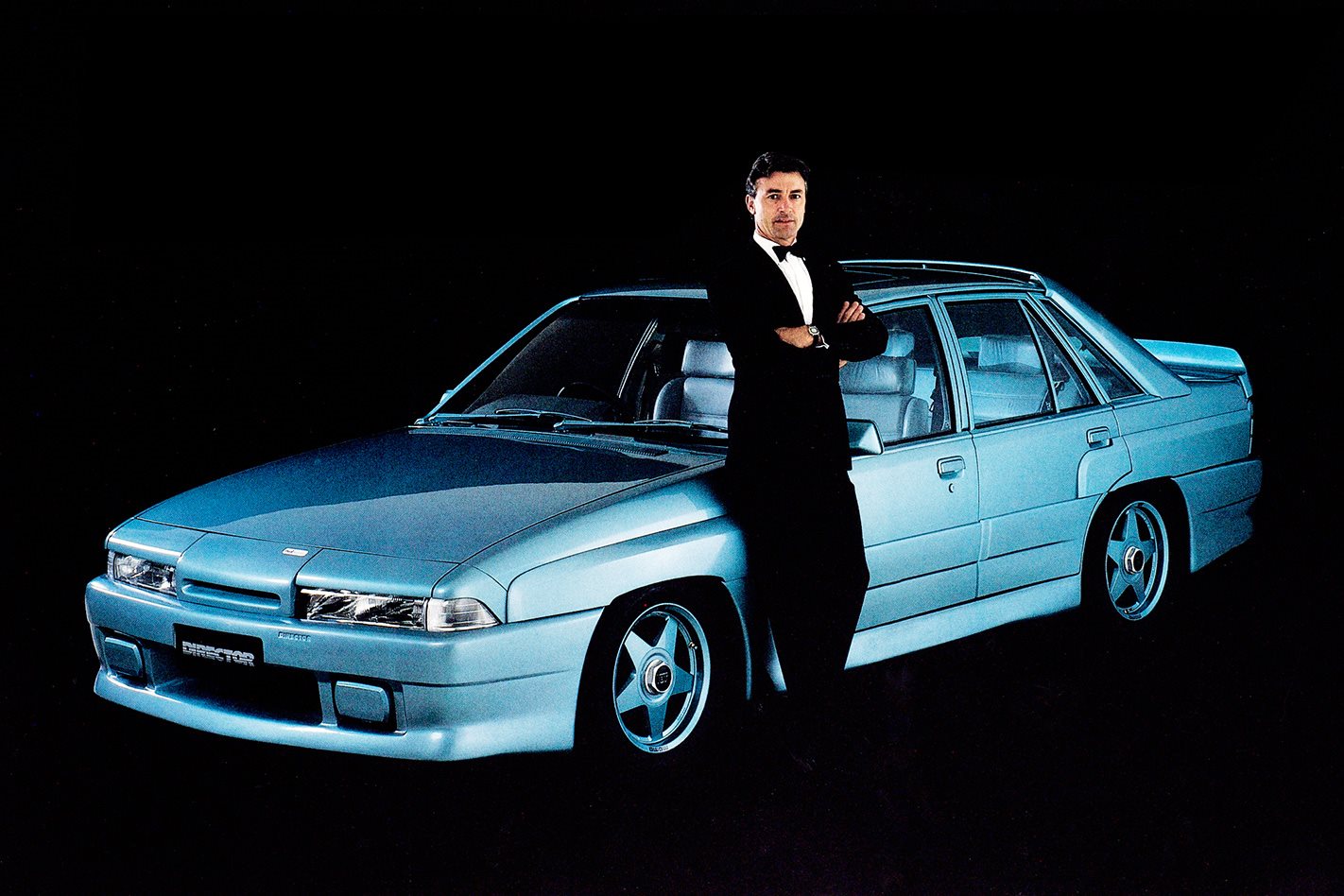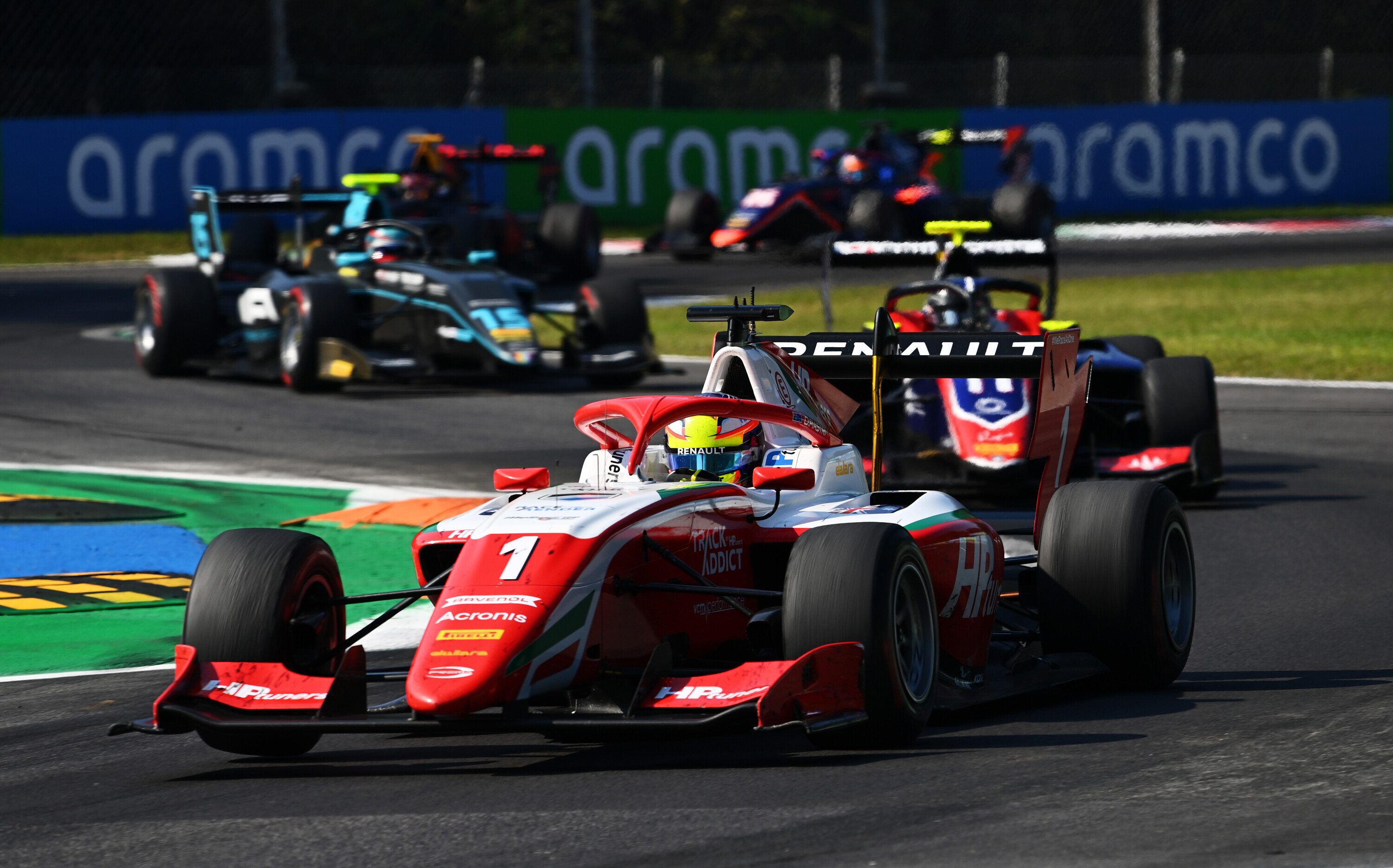Holden’s decision to revive the famous badge is bold given its turbulent past.
Read the Wheels exclusive on the revival of the Holden Director.
PETER Brock was not pleased. Wheels had compared his HDT Special Vehicles VK Group III Commodore with a BMW 528i, Saab 16S Turbo and Volvo 760 Turbo. A letter to then-editor Peter Robinson – as well as a flurry from readers accusing Wheels of being out to “knock the Brock” – followed.
We’d tested a car built from a low-spec Commodore Executive and criticised it for lacking refinement and sophistication against the European cars. Brock objected to us whacking “a sporty Group III up against the Veuve Clicquot set”.
The car for the task was the VK Director, HDT’s Calais-based ‘Velvet Thunder’, essentially the precursor to today’s HSV Senator. It was the most advanced HDT model, the most sophisticated Commodore of the time. Sure, it was powered by an iron-block Holden V8 with pushrods and a four-barrel carburettor, but it was Brock’s tenacious goal to build Australian-made products to compete with the best in the world – with BMW as a constant benchmark for his Melbourne-based outfit – that elevated the Director as his tech tour de force.

As the HDT flagship, in its final guise ahead of the fateful night in February 1987 that saw Brock and Holden part company, the VL Calais Director sported a 177kW 4987cc high-performance version of the locally made V8.
In Wheels’ hands the earlier $28K 1985 VK Director did a 0-100km/h time of 7.0sec on its way to a 14.6sec quarter-mile. That compares favourably with the 7.4sec run we did in the Cosworth-powered Mercedes-Benz 190E the same year, describing it as “the most exhilarating Mercedes-Benz for years”.
Brock was the first of the locals to introduce an independent rear-end on a handful of VL Directors, sourced from the then latest version of the Opel Rekord platform that underpinned the VB-VL Commodores.

The Europeans didn’t offer an Energy Polarizer, though. “It’s a magic cure. It makes a shithouse car good,” Brock told Wheels in 1986, with the device already the subject of much scepticism. “There’s never been any truly avant garde invention that hasn’t received derision,” added the soon to be nine-time King of the Mountain.
That is what the Director was: Brock delivering cutting-edge Aussie innovation. His motives were solid; the science and his approach to the heavily cladded, almost bloated VL unveiled against Holden’s corporate will were not so.
That steely determination, stubbornness and pride eventually meant the Director went down as the car that ended the possibility of more world-class local performance cars from Holden’s Bathurst legend.
Rare value






